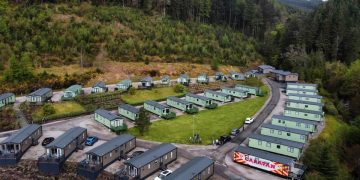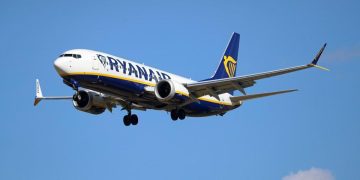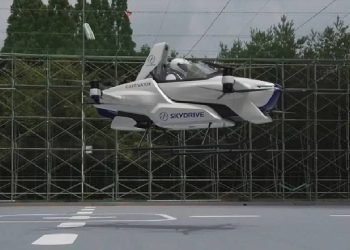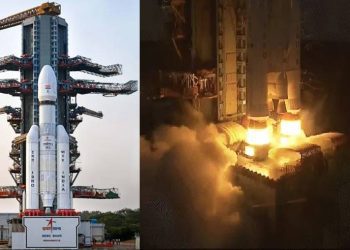A SHOCKING Nasa broadcast of an astronaut commander suffering a deadly space-borne illness aboard the International Space Station (ISS) sparked panic last night.
The eight-minute broadcast, designed as a simulation, accidentally made its way to public airwaves, spooking those who listened in.

Nasa was forced to issue a statement after the broadcast went live[/caption]
The audio clip, which we have cut for clarity, depicts a flight surgeon responding to a medical emergency where an anonymous commander was suffering from decompression sickness.
It seems like a nightmare of an emergency.
Not least when the unnamed flight surgeon on call is stuck in traffic, an hour away from Mission Control, while there are no other flight surgeons available.
“I am stuck in traffic, I can reach out to see if there is anyone who can get there sooner than one hour,” the surgeon can be heard saying.
“That being said, there really isn't anything that we could do in person that we can't do over the phone at this point.
“Unfortunately, the prognosis for commander is relatively… tenuous, I'll say at this point, to keep it generic.”
What is decompression sickness?
Decompression sickness, also known as the bends, is caused by a rapid fall in air or water pressure.
It's one of the most well-known risks to deep-sea divers, and astronauts, alike.
In mild cases, it can cause a bit of numbness.
But in severe cases, it can cause paralysis and even death.
The medical condition causes gas bubbles to appear in parts of the body where they shouldn't.
Bubbles in arteries can block circulation and cause tissue death due to local loss of blood flow.
In the brain, they can cause strokes.
In the spinal cord, bubbles can cause paralysis.
The condition is potentially fatal if not managed immediately.
Nasa was forced to issue a statement after the broadcast went live.
“There is no emergency situation going on aboard the International Space Station,” Nasa officials confirmed in a statement on X (formerly Twitter).
“At approximately 5:28 pm CDT, audio was aired on the Nasa livestream from a simulation audio channel on the ground indicating a crew member was experiencing effects related to decompression sickness (DCS).
“This audio was inadvertently misrouted from an ongoing simulation where crew members and ground teams train for various scenarios in space and is not related to a real emergency.”
The space agency was quick to add the crew aboard the ISS were actually sound asleep while the broadcast was airing.
“All remain healthy and safe, and tomorrow's spacewalk will start at 8 am EDT as planned,” Nasa wrote.
The broadcast came just hours after outlets reported that a drug-resistant 'superbug' had appeared on the ISS, after mutating in orbit.
The newly discovered space strain has been named 'ISS Enterobacter bugandenis', as it is totally different to its Earth counterpart.
According to a study published in the scientific journal 'Microbiome', scientists believe the strain evolved to become more potent in the closed environment of the ISS.
Nasa's race to replace the ISS

The ISS is getting old.
And by the end of the decade, it will need to be pulled from orbit to meet its watery grave in the ocean.
Fortunately, Nasa has been preparing for this for some time.
In December 2021, the US space agency announced it was awarding a total of $415 million (£326 million) to three different companies — Blue Origin, Nanoracks (plus Voyager Space) and Northrop Grumman — to help cement their commercial space station concepts.
Nasa also has a separate agreement with Texas-based Axiom Space, which is working on its own private outpost as well as a new series of spacesuits.
While Voyager has officially mapped out how it's going to get Starlab into orbit – Blue Origin, in collaboration with Sierra Space, is in test mode for its own outpost.
In September, Blue Origin's ISS replacement exploded in a fifth intentionally destructive test.
The test was designed to tech both companies how to build a space station that won't fatally explode in orbit.
Northtop Grumman initially had its own plans for a space station when Nasa funded it.
However, the company dropped its idea in October, to assist Voyager Space with Starlab instead.
































